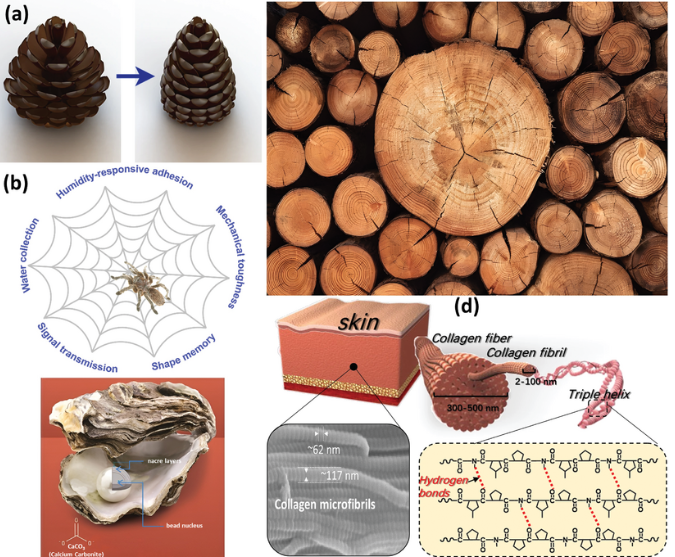Harnessing Nature's Potential: Algae-Based Filaments in 3D Printing
- Aniksha Kar
- Apr 7, 2024
- 3 min read

Introduction:
In recent years, there has been a growing interest in sustainable materials for 3D printing, driven by concerns about environmental impact and the need for more eco-friendly manufacturing practices. Among the emerging alternatives, algae-based filaments have garnered attention for their renewable nature, biodegradability, and unique properties. In this blog, we'll explore the innovative world of algae-based filaments, their applications in 3D printing, and the potential they hold for a greener future.
The Rise of Algae-Based Filaments:
Algae, microscopic organisms found abundantly in aquatic environments, have long been recognized for their potential as a sustainable resource. Algae can be cultivated using sunlight, water, and CO2, making them highly renewable and environmentally friendly. In recent years, researchers and manufacturers have developed methods to extract biopolymers from algae biomass and convert them into usable filaments for 3D printing.
Properties of Algae-Based Filaments:
1. Biodegradability: One of the key advantages of algae-based filaments is their biodegradability. Unlike petroleum-based plastics, which can persist in the environment for hundreds of years, algae-based materials break down naturally over time, reducing the accumulation of plastic waste.
2. Renewable: Algae are abundant and renewable resources that can be harvested sustainably without depleting natural ecosystems. Their rapid growth rate and ability to thrive in diverse environmental conditions make them an attractive source of raw material for filament production.
3. Customizable: Algae-based filaments can be engineered to exhibit a wide range of properties, including flexibility, strength, and color. By adjusting processing parameters and material formulations, manufacturers can tailor algae-based filaments to specific application requirements.
4. Low Carbon Footprint: Algae cultivation absorbs CO2 from the atmosphere, making it a carbon-neutral or even carbon-negative process. Additionally, algae-based filaments require minimal energy and resources compared to traditional petroleum-based plastics, further reducing their environmental footprint.
Applications of Algae-Based Filaments in 3D Printing:
1. Prototyping: Algae-based filaments are well-suited for rapid prototyping applications, allowing designers and engineers to iterate designs quickly and cost-effectively. Their versatility and biodegradability make them ideal for exploring new concepts and validating product ideas.
2. Biodegradable Products: With increasing consumer demand for sustainable products, algae-based filaments offer an attractive solution for producing biodegradable consumer goods, packaging materials, and single-use items. These materials can be composted or recycled at the end of their lifecycle, reducing environmental impact.
3. Educational Initiatives: Algae-based filaments are valuable educational tools for teaching students about sustainability, biology, and renewable energy. Schools, universities, and educational organizations can use 3D printing projects involving algae-based materials to engage students in hands-on learning experiences and promote environmental awareness.
4. Research and Development: Algae-based filaments hold promise for further research and development in areas such as bioplastics, biofuels, and biomedicine. Scientists are exploring novel applications for algae-based materials in fields ranging from renewable energy to biodegradable medical implants, paving the way for future innovations.
Challenges and Future Outlook:
While algae-based filaments offer numerous benefits, there are challenges to overcome, including scaling up production, optimizing material properties, and ensuring cost competitiveness. Additionally, further research is needed to explore the long-term durability and performance of algae-based materials in real-world applications. Despite these challenges, the growing interest in sustainable materials and the increasing awareness of environmental issues bode well for the future of algae-based filaments in 3D printing.
Conclusion:
Algae-based filaments represent a promising frontier in sustainable 3D printing, offering renewable, biodegradable alternatives to traditional petroleum-based plastics. With their unique properties, versatility, and low environmental impact, algae-based materials have the potential to drive innovation and promote sustainability across industries. As research and development efforts continue to advance, algae-based filaments are poised to play an increasingly important role in the transition towards a more sustainable and circular economy.




Comments